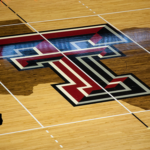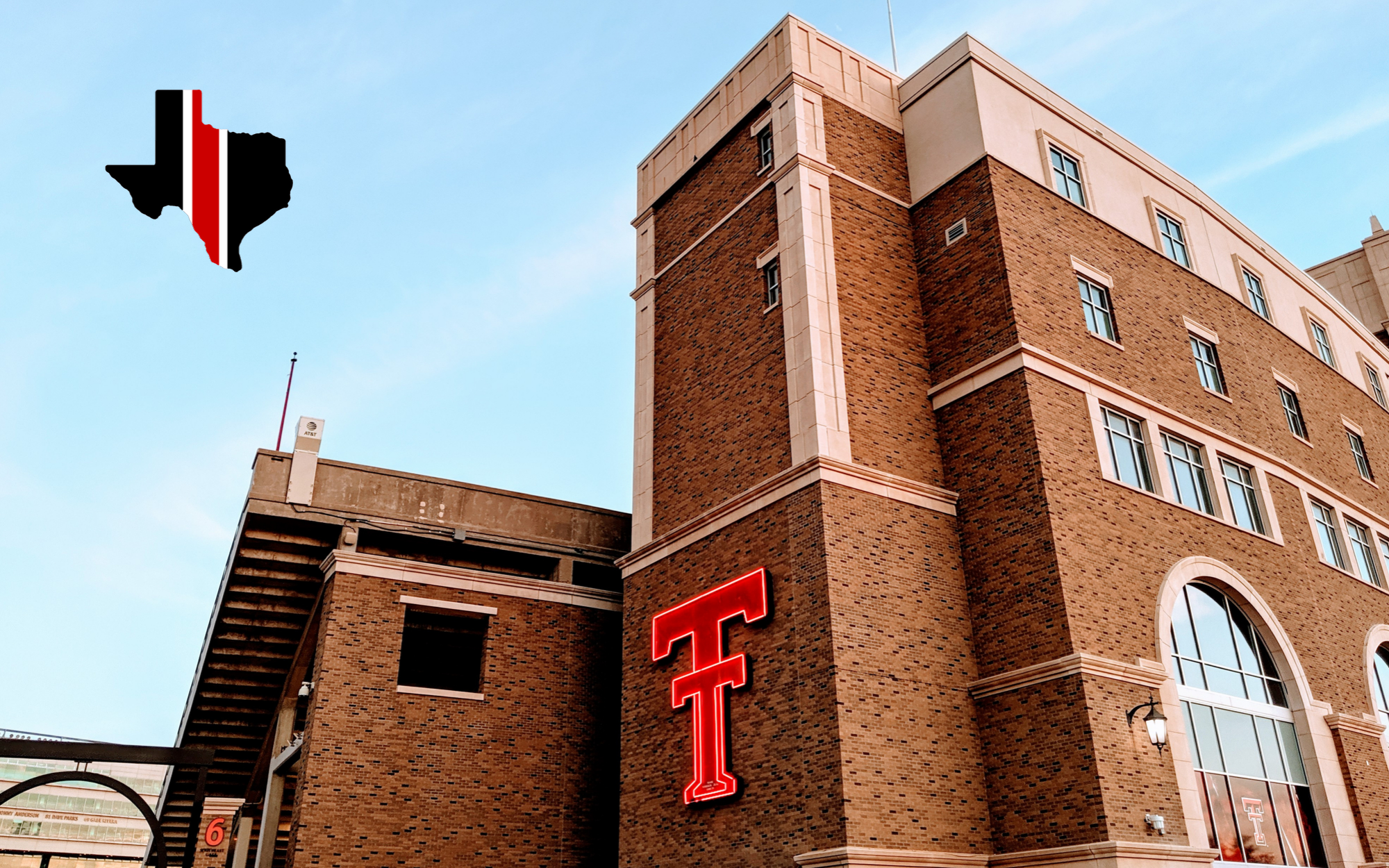“It’s not about X’s and O’s, it’s about Jimmies and Joes.”
Philosophy varies on the extent to which player talent vs. coaching and other aspects impact the ultimate outcome for a college football program. Regardless, I think we can all agree LSU was better off with Joe Burrow last year instead of me slinging the pigskin for the Tigers. Talent matters.
Perhaps the most important task ahead of Matt Wells and his staff as they work to turnaround the worst decade in Texas Tech football history is replenishing the roster with Power 5 caliber talent.
Thankfully, I think the data indicates Wells is off to a good start in a process that will require patience. And I understand “patience” is difficult to preach to a fan base that has been down for a decade. Let’s look at two different ways Matt Wells appears to be adding Power 5 talent to the roster: high school recruiting and the transfer market.
High School Recruiting
Some of you may follow recruiting rankings on Rivals, 247, and ESPN. I’m not a professional scout so far be it for me to criticize their rankings. But the fact of the matter is when evaluating thousands of high school players, there are bound to be hits and misses. And honestly, once you have a pack of 500 different 3-star recruits, who really knows which guy is more talented or has more potential than the next?
What I find to be a useful metric is Power 5 offer lists. Some 3-star kids have 20 different offers, and some only have a few. I trust the talent evaluators at Power 5 schools more than I trust the recruiting services. It’s not a perfect metric, as some schools extend “non-committable” offers, but overall I trust it more than recruiting rankings. What do the numbers say about the kids Matt Wells is recruiting to Texas Tech, and how does it compare to the previous administration?
First let’s take a look at the average number of Power 5 offers (besides Texas Tech) each Red Raider commit held going back to 2016.
- 2016: 3 Power 5 offers besides Texas Tech, on average
- 2017: 4.7*
- 2018: 2.4
- 2019: 4.1*
- 2020: 4.3
- 2021 (so far): 8.5
*A couple of notes here; The 2019 class was mostly Kingsbury’s with some late additions after Wells was hired. Wells lost a few guys who were committed to Kingsbury, won back a few who decommitted after the coaching change, and brought in some fresh faces. So the two coaches share responsibility for that class.
The 2017 class looks like the best given the highest average listed. However, Jack Anderson and Will Farrar (52) quite literally accounted for half of that class’s Power 5 offers (103). So it was top heavy with not a lot of depth in the middle of the class, which we’ll get to next. The 2021 class looks to be off to a great start but only has eight commits and a long ways to go until signing day.
Another metric to consider is what percentage of commits held either zero Power 5 offers besides Texas Tech or just one other Power 5 offer besides Tech. This is useful in determining whether Tech actually beat out some peers like Oklahoma State, TCU, Arizona, etc., or if they won the recruiting battle more or less by default.
Here are the percentages of commits in the last five recruiting classes that held zero or one Power 5 offers besides Texas Tech:
- 2016: 40%
- 2017: 45%
- 2018: 59%
- 2019: 42%
- 2020: 25%
- 2021 (so far): 12.5%
The 2020 class, Matt Wells’ first full class, is by far the best in this metric. Three quarters of his commits held multiple other Power 5 offers, while Kingsbury’s classes were closer to 50-50 on average (Remember: 2019 was the shared class during the coaching transition). Wells’ current class again looks to be off to a great start in this metric, showing they are winning recruiting battles against several other Power 5 schools. That’s how you build roster talent.
Grad Transfers
Another way to build a roster is through the increasingly popular grad transfer market. Basketball and football are different in many respects, but ask Chris Beard how guys like Tariq Owens and Matt Mooney can help a roster turn the corner.
Are Matt Wells and his staff adding to the roster with grad transfers? Early returns say yes.
2019 grad transfer class:
- RB Armand Shyne from Utah
- WR RJ Turner from Louisiana Monroe
- LB Evan Rambo from Cal
- CB Zech McPhearson from Penn State
Unfortunately for Shyne and Rambo, their seasons were cut short due to injury. Shyne looked to be sharing the lead back role with SaRodorick Thompson and was productive while on the field. He rushed for 374 yards on 65 carries (5.8 yards per carry) and 3 TDs in seven games. A grad transfer who arrived with two years of eligibility, Rambo tallied 18 tackles, 1 sack, and an INT during his limited action in 2019 and looks to be a solid contributor in the two-deep this year.
RJ Turner led the team in receptions with 45 and added 654 yards with 3 TDs. While he didn’t come from another Power 5 school, he proved to be a good find and very worthy of a roster spot. I seem to remember Matt Wells was confident about his staff’s evaluation of Turner even before the season started, assuring fans during a media session that the coaches did not miss on Turner.
Lastly, McPhearson was another two-year grad transfer the staff brought in. He graded out as the best cornerback on the team per Pro Football Focus and will be a returning starter with experience in 2020.
Other than the injuries which are out of the coaches’ control, it looks like they went four for four in evaluating and bringing in contributors. One could make the argument that Turner and McPhearson were the best players on the team at their respective positions. I have to give them an “A” for the 2019 grad transfer class.
2020 grad transfer class:
- RB Chadarius Townsend from Alabama
- OL Josh Burger from Wofford
- LB Brandon Bouyer-Randle from Michigan State
- DB Eric Monroe from LSU
- DB Jacob Morgenstern from Duke
I don’t know about you, but I think just about any kid who’s good enough for Alabama, LSU, or Michigan State is worth taking a shot on at a position of need for Texas Tech. We will see how these guys pan out, but it appears Wells has brought in another promising class of grad transfers.
Townsend will provide much needed depth at running back, where there is very little experience behind SaRodorick Thompson. I’ll always take an experienced offensive lineman, even one from the FCS level like Burger. At a minimum he’ll provide experience and depth (plus a great name for an offensive lineman). Bouyer-Randle looks like a pass rush specialist which is another asset I’ll always take more of. Monroe and Morgenstern add depth to a defensive backfield that lost Douglas Coleman and will see Adrian Frye transition from safety to cornerback (where he played in 2018 and was a Freshman All-American).
If this 2020 class is at all similar to the 2019 class of grad transfers, it will be another infusion of Power 5 caliber talent to a roster that badly needs it. And if those efforts are coupled with an upgrade in high school recruiting, Wells and his staff could be well on their way to charting a course towards prosperity for Texas Tech.
Again, I know it’s hard to preach patience during times like these. But the fact is it does take two or three years to overhaul a roster. Things appear to at least be headed in the right direction.









